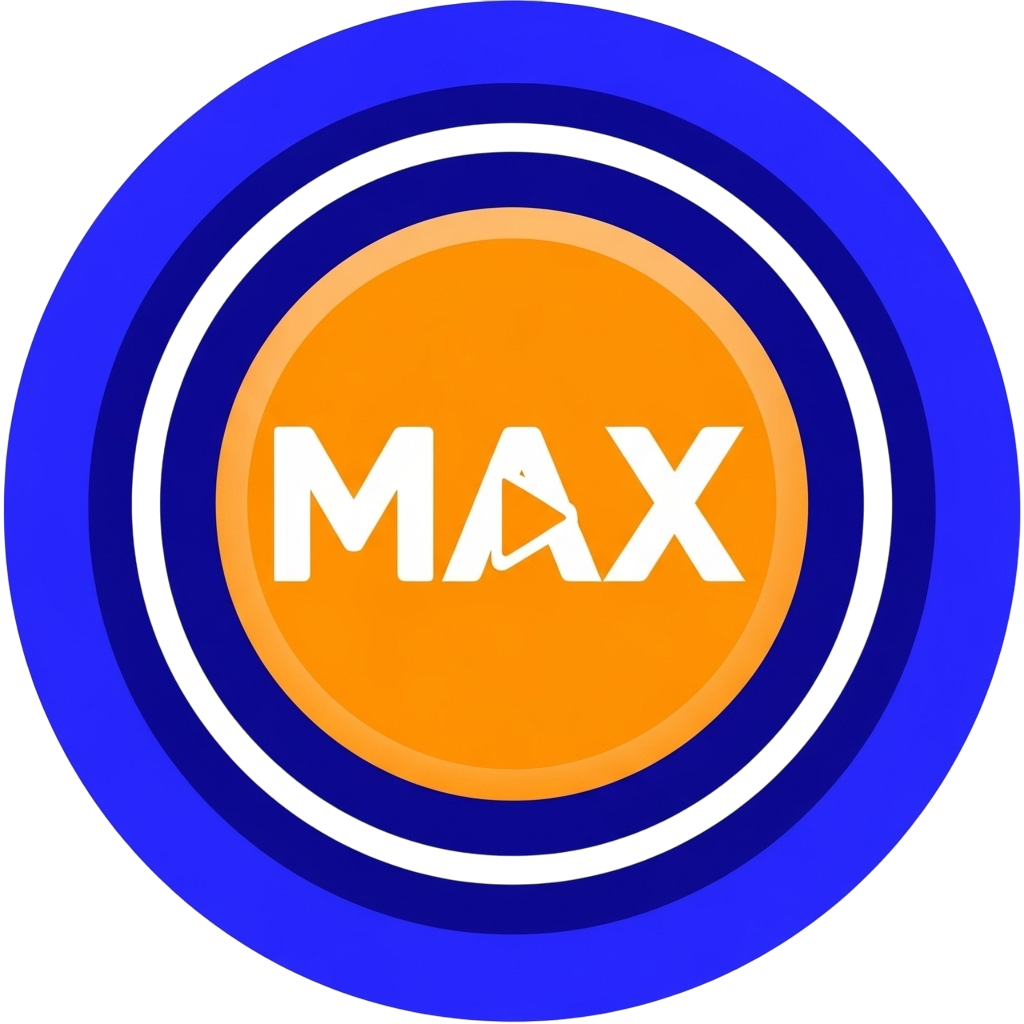The world of internet humor is constantly evolving, and few characters have made a bigger splash than Plankton from SpongeBob SquarePants. Specifically, the
Plankton Soundboard built around the now-iconic, bizarre sound effect has solidified his place in meme history.
The sound that dominates this soundboard is often described as a high-pitched, unsettling scream or groan, leading many to label it the "Cursed Plankton Moan." It is an audio clip that instantly signals confusion, intense discomfort, or sheer, hilarious exasperation.
Why is this sound so famous? It’s a perfect storm of pop culture nostalgia and digital distortion. The original character, Sheldon J. Plankton, is the small, villainous copepod from the beloved cartoon, known for his constant, failing attempts to steal the Krabby Patty secret formula. The meme takes this familiar character and gives him a surreal, hyperbolic reaction that perfectly encapsulates modern digital annoyance, making it instantly relatable and widely famous.
Unraveling the Mystery: Origin and Meaning of the Plankton Soundboard
The history of this sound effect is surprisingly layered, proving that even a simple meme can have complex roots.
Tracing the Source: Where Did This Sound Actually Come From?
The "Plankton Soundboard" experience is fundamentally a blend of a distinct visual and an unsettling audio track.
The visual component, the heavily distorted, wide-eyed image known as “Cursed Plankton,” has a precise origin. The image, which features the little green antagonist looking more like a horror movie prop than a cartoon character, was uploaded to DeviantArt under the title “Plenkton” by user Moopintot in 2010.
The audio component-the moaning or ghost-like sound-is a bit more mysterious. While the sound became massively popular when paired with the image, its origins are typically traced back not to a canonical SpongeBob episode, but to older internet phenomena like a SpongeBob creepypasta (an online horror story) or a YouTube Poop (a type of comedic video mashup). This two-part, multi-platform origin is what makes the meme so unique.
Perfecting the Punchline: When to Use the Plankton Sound Effect
The enduring success of the Plankton Soundboard lies in its versatile application across social media platforms. Users employ the sound effect to inject immediate, high-energy humor into a variety of situations.
The sound is typically used to create comedy or emphasis when:
- Expressing Annoyance or Discomfort: For instance, reacting to a minor injury, a stressful situation, or an extremely unpleasant taste.
- Signaling a “Cursed” Reaction: When encountering something on the internet that is strange, unsettling, or visually unsettling.
- Hyperbolic Exasperation: When a character in a video or a person in a short clip is pushed to their absolute breaking point, the sound provides an exaggerated, over-the-top commentary.
Understanding this comedic context is key for new users to effectively use the Plankton Soundboard in their own content.
Final Verdict: Why the Plankton Soundboard Remains a Digital Classic
From its humble beginnings as a fan-made, distorted image in 2010 to its current status as a viral audio staple, the Plankton Soundboard represents the best of internet culture: taking something familiar and twisting it into a new, universally funny digital language. Its iconic nature and ability to convey a high level of chaotic energy ensure that this sound will remain a key part of our digital vocabulary.
Please Speed I Need This Soundboard 